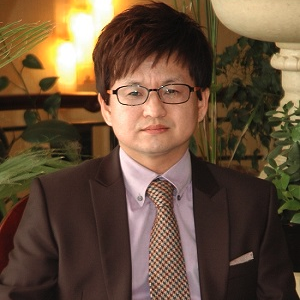The Role of Plant Tissue Culture Technology in Biodiversity Conservation—Selected Papers from the IUFRO 125th Anniversary Congress
A special issue of Forests (ISSN 1999-4907). This special issue belongs to the section "Forest Ecology and Management".
Deadline for manuscript submissions: closed (30 September 2017) | Viewed by 17806
Special Issue Editor
Special Issue Information
Dear Colleagues,
Plant biodiversity is declining rapidly due to physical and environmental factors, such as land use change, climate change, invasive species, overexploitation, and pollution. Biodiversity conservation is a global concern because biodiversity has declined by more than a quarter in the last 35 years. Thus, all member states of the Convention on Biological Diversity (CBD) took measures to preserve both agricultural and forest biodiversity. Plant tissue culture technology has been increasingly applied for micropropagation, germplasm conservation, and genetic improvement in diverse plant species. Biotechnological methods, such as plant tissue culture, somatic embryogenesis, cryopreservation, etc., are quite applicable, and are useful techniques for ex situ plant conservation and sustainable resource utilization. Especially, in vitro technology offers new means of improving biodiversity conservation in rare and endangered plant species. We would like to invite you to contribute to this Special Issue in order to discuss practical applications of in vitro techniques to the conservation and sustainable use of plant biodiversity.
Dr. Tae Dong Kim
Guest Editor
Manuscript Submission Information
Manuscripts should be submitted online at www.mdpi.com by registering and logging in to this website. Once you are registered, click here to go to the submission form. Manuscripts can be submitted until the deadline. All submissions that pass pre-check are peer-reviewed. Accepted papers will be published continuously in the journal (as soon as accepted) and will be listed together on the special issue website. Research articles, review articles as well as short communications are invited. For planned papers, a title and short abstract (about 100 words) can be sent to the Editorial Office for announcement on this website.
Submitted manuscripts should not have been published previously, nor be under consideration for publication elsewhere (except conference proceedings papers). All manuscripts are thoroughly refereed through a single-blind peer-review process. A guide for authors and other relevant information for submission of manuscripts is available on the Instructions for Authors page. Forests is an international peer-reviewed open access monthly journal published by MDPI.
Please visit the Instructions for Authors page before submitting a manuscript. The Article Processing Charge (APC) for publication in this open access journal is 2600 CHF (Swiss Francs). Submitted papers should be well formatted and use good English. Authors may use MDPI's English editing service prior to publication or during author revisions.
Keywords
- Biodiversity
- Conservation
- Micropropagation
- Cryopreservation
- Tissue culture
- Somatic embryogenesis





